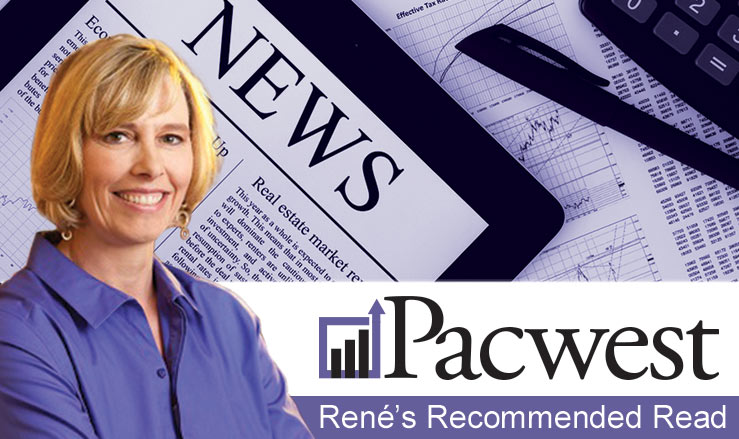
People saavy about investment real estate know how important cap rate is to evaluating the asset. So that begs the question: what really is a good cap rate?
What’s a Good Cap Rate for an Investment Property? | Resources
Capitalization (cap) rates are the most commonly used metric by which real estate investments are measured. Which begs the question – what is a good cap rate for an investment property? As with any complex topic, the answer is that it depends.
In an uncredited story, Fundrise says that there’s no right answer because there are lots of factors that go into determining the right cap rate.
First, A Great Concise Definition
As the critical factor in evaluating investment real estate investments, you’d better be sure you know exactly what cap rate is and what it means. On what it is, Fundrise says:
…a property’s cap rate is simply its annual net operating income (NOI) divided by purchase price.
But Fundrise says the real meaning of cap rate is “the unlevered annual return on the asset” and that different cap rates, in theory, essentially represent “different levels of risk”. Their longer explanation and recommendation is:
A lower cap rate should correspond to a lower level of risk, while a higher cap rate should imply more risk in the deal. As an investor, the challenge is to determine the appropriate risk-adjusted return, or in other words, the right cap rate given the riskiness of the deal.
Now let’s look at the three main factors that affect cap rate, according to Fundrise.
Location, Location, Location
No one in real estate would ever tell you to ignore location as an important factor in every real estate deal—but Fundrise says it’s completely critical to determining a good cap rate. They assert that:
…the value of any real estate property is driven by demand, and that demand is largely affected by the location.
They go on the say that local market fundamentals like the industries there, employment rate, income, and average education have a huge impact on real estate values. An eye-opening comparison is the difference in cap rates between Memphis and Los Angeles, in a CBRE survey the article quotes:
…investors were willing to accept an average 5% lower annual return in Los Angeles vs. the same type of asset in Memphis. Why? Because they perceive Los Angeles to be a less risky market based on its fundamentals. LA has a larger, wealthier, and better educated population, which drives a more dynamic local economy and should make demand for office space stronger over the long-term.
What Type Asset Is It?
Fundrise makes it clear that not all assets have the same impact on cap rate, writing that in “commercial real estate, not all asset types are created equal when it comes to perceived risk. Multifamily assets consistently have among the lowest cap rates within a market, because they are considered to provide lower risk relative to other asset types”.
They say there are two reasons for the multifamily preference:
People always need a place to live, even in an economic downturn. Compare that to a retail property housing a fashion boutique or gourmet restaurant. These types of businesses can struggle even when times are good, never mind when the economy takes a turn for the worse.
Apartment buildings generate their income from dozens or hundreds of tenants. If a few of those tenants don’t pay it doesn’t usually spell disaster for the property’s cash flow because one individual represents a relatively small percentage of the overall income. Compare that to an office building with one large tenant. If they go out of business or relocate their offices, the property may actually lose money until a new tenant can be found – no easy task in a recession.
The Impact Of Interest Rates
Writing that “perhaps the most complex and least intuitive part of understanding cap rates” is their relationship to interest rate, Fundrise says “cap rates may shift without any change to the actual property or surrounding area but only as a result of a change in interest rates”. They explain that it’s because:
…investing in real estate property is largely driven by the amount of debt that can be borrowed to purchase a property and the resulting spread between the interest rate and the cap rate. The larger the spread, the better the potential return. This makes sense if you think of the interest rate as the cost of money, and the cap rate as the value of that same money when invested into the property.
Getting It Right
While cap rates are commonly heard and are critical to assessing commercial real estate assets, like lots of things about the investing world, they aren’t well-understood. The market is too complex now to you to ‘go it alone’.
There’s too much at risk: you have to get it right. Put an expert in your corner by giving René Nelson and the team at Pacwest Commercial Real Estate a call today!

Recent Comments